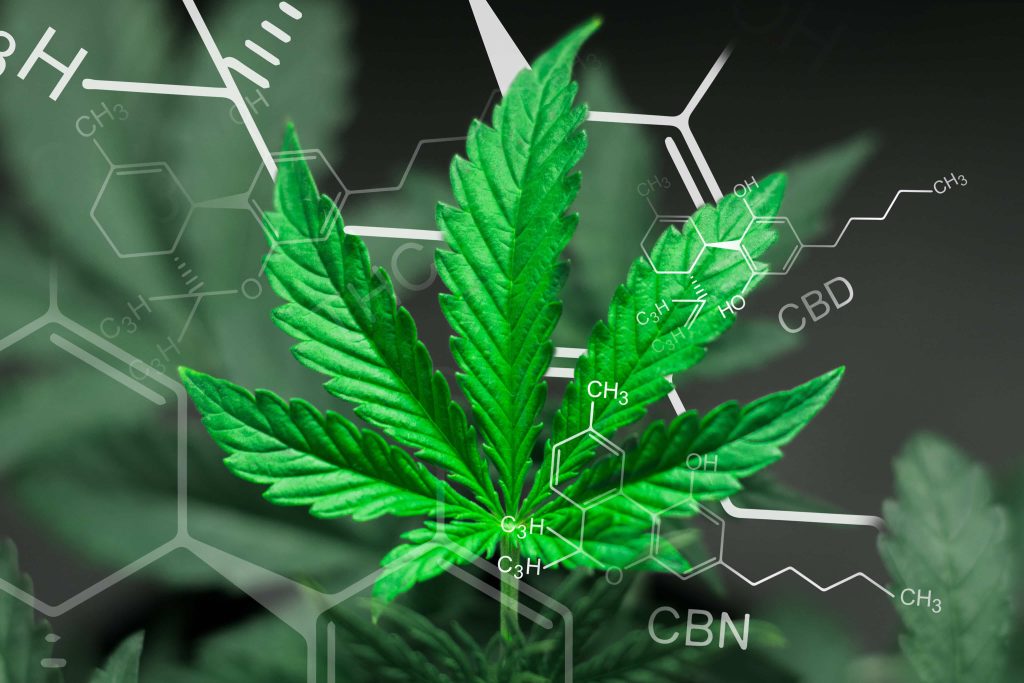
compounds.”
Romanian Researchers Uncover the Power of Phytocannabinoids and Terpenes Working Together
Move over, single-cannabinoid products. A groundbreaking study published in the International Journal of Molecular Sciences by researchers from Romania has revealed the true potential of combining phytocannabinoids and terpenes for medicinal purposes.
Phytocannabinoids, the naturally occurring compounds found in the cannabis plant, have been making waves in the medical world for their therapeutic properties. From the well-known THC and CBD to lesser-known cannabinoids like CBC, CBG, and CBN, over 100 have been identified in the plant.
But it’s not just about the individual compounds. The study’s abstract explains that the complex interaction between phytocannabinoids and biological systems offers hope for novel treatment approaches and further developments in cannabinoid-based medicine.
One of the key findings of the study is the entourage effect, where the combination of cannabinoids and terpenes creates effects that are greater than the sum of their parts. While single-cannabinoid products have their benefits, consuming multiple cannabinoids and terpenes together can produce even stronger and more beneficial effects.
Researchers also highlighted the importance of terpenes, the compounds responsible for the aroma and flavor of different cannabis strains. By standardizing the terpene profile, consistency in sensory attributes can be maintained and the entourage effect can be enhanced.
The study primarily focused on the known effects and properties of various cannabinoids, which have shown promise in treating a range of conditions such as inflammation, pain, neurological disorders, psychiatric conditions, and even cancer. But the quest for novel cannabinoids is constantly expanding, offering even more potential for therapeutic applications.
Each cannabinoid has a unique chemical structure and interacts differently with the body’s endocannabinoid system, suggesting tailored therapeutic effects for specific conditions. This exploration seeks to harness similar benefits while avoiding any associated drawbacks.
For example, THC has been found to have analgesic effects and can help patients manage chronic pain, while CBD has anti-inflammatory properties and is an anxiolytic, meaning it can reduce anxiety and stress.
But the real game-changer is CBG, which has been shown to modulate the effects of other cannabinoid compounds by interacting with the body’s CB1 and CB2 receptors. This suggests that CBG could enhance the therapeutic effects of other cannabinoids, making it a key player in the entourage effect.







